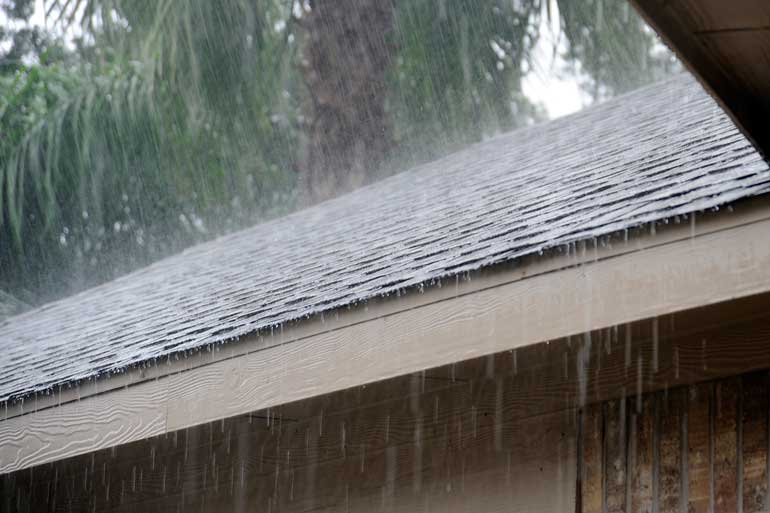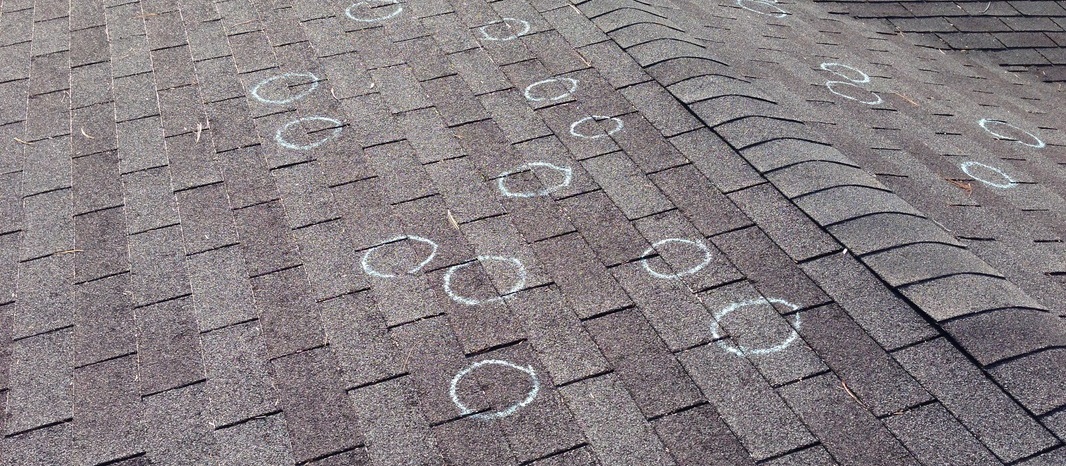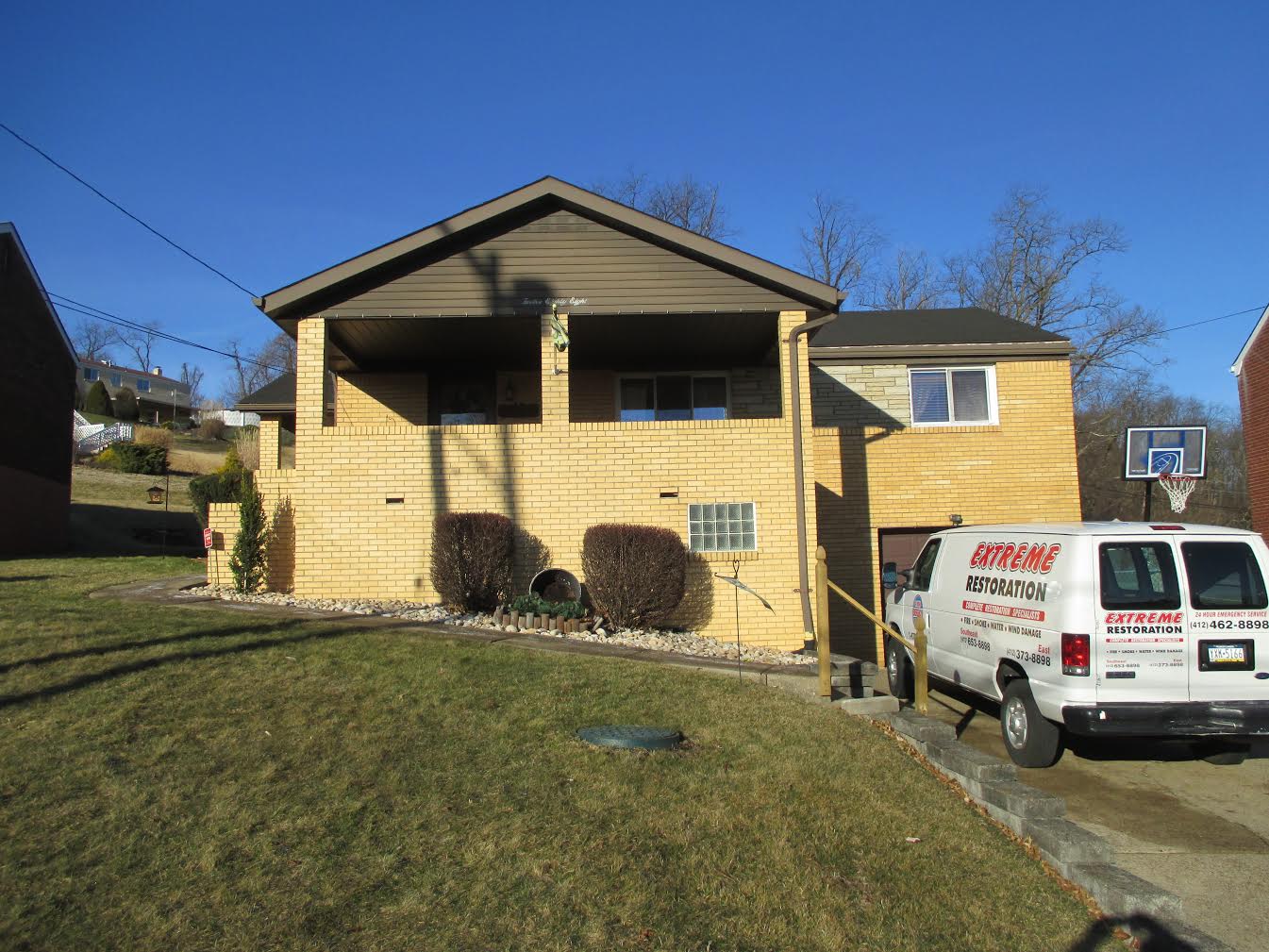Spring is about to be in full-swing, and with it comes the annual “April showers.” Often, heavy rain can cause damage to your home or property. Unfortunately, most standard insurance policies do not cover losses caused by “outside water.” That is why it is so important to take steps to maintain your home and prevent water damage during spring rains. Below are some tips you can try:
◊ Is water draining towards your home? If the soil or concrete surrounding your home is sloping towards the house, when heavy rain strikes water may seep into the foundation through cracks and weak spots. Be sure to create a slope that runs away from your home (such as raising the soil, or redirecting with sand bags or block) to ensure that soil near your foundation walls do not become saturated with sitting water from storms or heavy rains.
◊ Stay observant to keep up with leak repairs. Sometimes it is as simple as staying aware of changes to your home. For example, do you notice any raised shingles or missing shingles that may have blown away in a storm? Such irregularities may lead to leaks when heavy storms strike. Take action to get the appropriate repairs made. Patching, sealing or caulking are all simple fixes.
◊ Give the water somewhere to go. Is there any build-up of leaves and debris? Be sure to clean out any blockage, as blocked gutters could leave water to be dumped onto your foundation and possibly lead to flooding. You can also install downspout extenders to help water properly drain from your gutter downspouts.
◊ Install a sump pump. If water is periodically getting into your basement after it rains, a sump pump may be your solution. It can be a useful tool in the prevention of basement flooding. It is also often recommended to install a battery-assisted pump next to the other, so that if the primary sump pump becomes overwhelmed with too much water, the secondary pump can assist. Once sump pumps are installed, it is essential to test them and get them checked regularly to ensure they are working properly.






